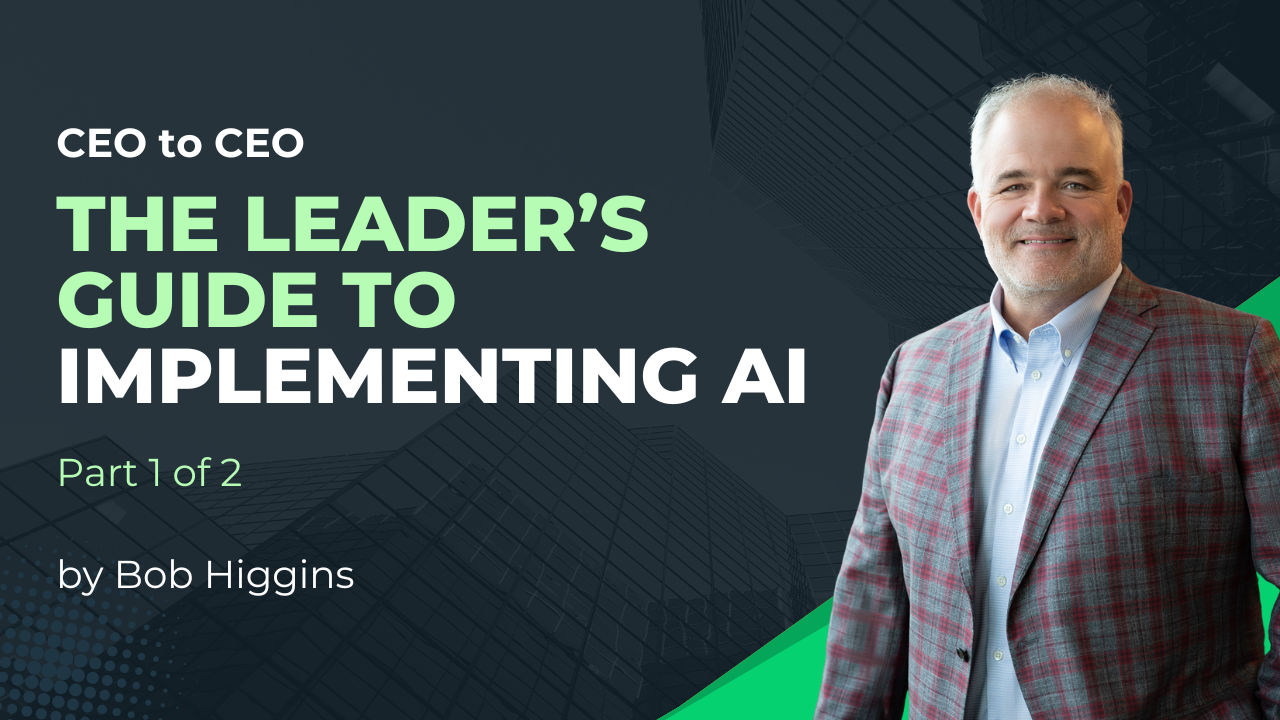Top 10 Insights from Early AI Adopters

Today, AI has permeated virtually every sector and function of the business world. This transformative technology is not just a trend; it’s a paradigm shift that is redefining how we operate and innovate. But what can we glean from those pioneers who ventured into the AI terrain ahead of us? What wisdom do their experiences hold for us?
Have you ever had opportunities to be with an older friend or family member and listen to their stories? Perhaps someone from a few generations before you; you get to soak in their wisdom and insights? That’s the kind of experience we want to create in this article.
This curated collection is more than just a list; it’s a distillation of practical wisdom, innovative strategies, and lessons learned from the forefront of AI application in business. While there are undoubtedly numerous learnings to be drawn from these trailblazers, our focus is on these ten pivotal insights, each offering unique value and perspective.
Join us as we delve into these learnings, which are presented in no particular order but are equally significant. Our goal is to equip you with the knowledge and foresight to navigate the AI revolution in your industry, harnessing its power to drive growth, innovation, and success.
Looking to level up your understanding and practice of AI? Gain access to our new course today – Leading AI: A Masterclass for AEC Leaders
1. Anyone can use Generative AI.
Simplicity of the user experience is the big draw, isn’t it? If you can ask a question, you certainly can benefit from its output. The on-ramp to AI is incredibly easy. Highlight that to your workforce. They probably already have tried it!
2. AI is applicable to practically any area of the organization.
It seems early adopters have explored all corners of business functions and proven there are meaningful use cases across finance, marketing, operations, R&D, HR, and others.
3. The best approach to integrating AI is to just jump in and experiment.
Prioritize a few use cases based on your firm’s criteria and pilot them. Implement, measure, and adapt. If they are successful, then scale them as desired.
4. Adoption is less about the technology and more about your people.
Early practitioners have realized the priority must be shepherding employees along the path of knowledge and acceptance. Give them the skills and resources first to smooth the path. Then AI adoption happens quicker and with less drama.
5. Appoint an AI guiding body for governance.
Call it a task force, steering committee, or whatever fits your culture, but it’s wise to rely on this group of colleagues for key decision-making and issue resolution.
6. Establish early AI guidelines and processes.
Proactively build guardrails on its use. For example, know how you are going to handle inaccuracies, biases, data security, and other issues that arise from AI output. This is basic risk management, isn’t it?
7. AI is so much more than generating cool text responses.
But that’s what has caught our attention, hasn’t it? Learn about its capabilities in other formats: images, video, audio, coding, and others. AI is so robust, and it will continue to grow in its abilities to be a productive business partner for you and your firm.
8. Stay curious.
AI is transforming at an alarming rate; it’s paramount to keep on top of advancements in tools, regulations, and other important aspects. So remain current and informed as AI evolves.
9. In the near term, ensure all your use cases include human oversight.
There are still risks and limitations (as I will cover in our next installment). To totally hand over the keys to AI is not prudent. Have folks supervise and be an active part of any process using AI.
10. AI adoption in an organization mirrors a standard organizational change initiative.
Because essentially that’s what you are pursuing…a major transition within your company. You likely have been through multiple change efforts; you get it. So follow a proven change management framework as you plan how to implement AI across your firm. I’ll go deeper on this idea in an upcoming segment.
I hope these insights are helpful. There is so much to consider when thinking about AI in your firm, and we want to be careful not to over-simplify the process. But perhaps these lessons or perspectives provide focus and prioritization so you spend your time wisely.
If you would like further guidance on any of the learnings or ways to increase AI adoption within your organization, please do not hesitate to contact us at info@thrivence.com.


Gary McClure is a senior consultant at Thrivence, a consulting firm specializing in strategy, leader development, organizational performance, and technology. For more than 15 years, Gary has led organizational transformation initiatives and taught leaders how to navigate successful change. He can be reached at gary.mcclure@thrivence.com.



